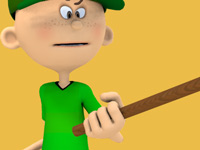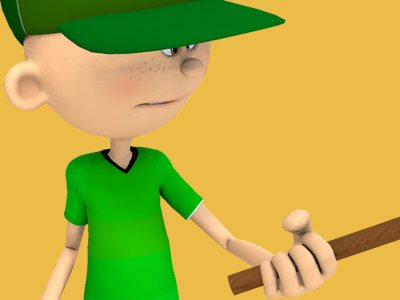Polo Players
Each team consists of four mounted players, which can be mixed teams of both men and women.
Each position assigned to a player has certain responsibilities:
- Number One is the most offence-oriented position on the field. The Number One position generally covers the opposing team's Number Four.
- Number Two has an important role in offence, either running through and scoring themselves, or passing to the Number One and getting in behind them. Defensively, they will cover the opposing team's Number Three, generally the other team's best player. Given the difficulty of this position, it is not uncommon for the best player on the team to play Number Two so long as another strong player is available to play Three.
- Number Three is the tactical leader and must be a long powerful hitter to feed balls to Number Two and Number One as well as maintaining a solid defence. The best player on the team is usually the Number Three player, usually wielding the highest handicap.
- Number Four is the primary defence player. They can move anywhere on the field, but they usually try to prevent scoring. The emphasis on defence by the Number Four allows the Number Three to attempt more offensive plays, since they know that they will be covered if they lose the ball.
Polo must be played right-handed.
SPORTS

RESOURCES
This article uses material from the Wikipedia article "Polo", which is released under the Creative Commons Attribution-Share-Alike License 3.0.
© Stories Preschool. All Rights Reserved.









